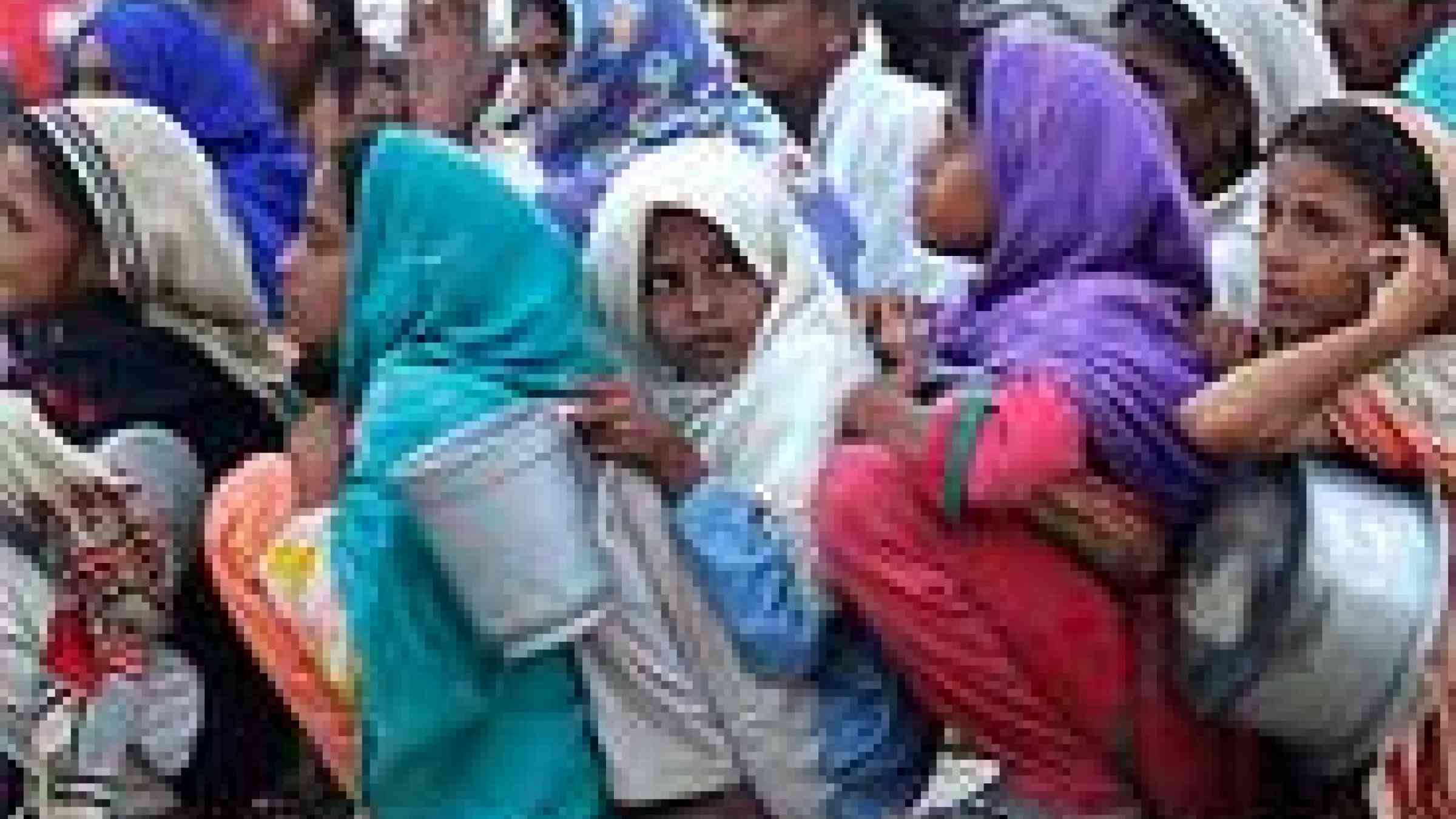Disaster risk reduction: Are we doing enough?

Agencies must work harder to incorporate Disaster Risk Reduction into aid and development programmes, RedR survey finds.
Agencies and NGOs need to take greater steps to incorporate ‘Disaster Risk Reduction’ into their aid and development programmes, helping to save lives and reduce the devastating impacts of natural and man-made disasters, a new RedR survey has found.
The Learning Needs Assessment survey, which included anecdotal responses from 146 participants – from UN bodies and NGOs to academics and research organisations – probed humanitarians’ views on ‘Disaster Risk Reduction’ (DRR) and its role in future emergency response.
DRR, in which RedR has extensive training experience, is a systematic approach used to identify, assess and reduce the risks of and people’s vulnerability to major catastrophes such as earthquakes, floods, famine and complex disasters caused by conflict. It forms an essential part of many international agencies’ humanitarian and development programmes and is vital to building community resilience and reducing the growing impact of global disasters.
However, the survey also found that respondents had experienced significant variation in approaches to DRR; from levels of community involvement, to variations in training in Disaster Risk Reduction, to unified information about DRR best practice.
Responses from aid workers, logistics specialists, managers and consultants from leading agencies including the Red Cross, Merlin, MSF, OXFAM, Save the Children UK, CARE, Tearfund, USAID and many others also showed:
- The majority of those surveyed had never received formal Disaster Risk Reduction training although many had encountered aspects of DRR ‘indirectly’ from field experience or other training;
- Many found a lack of unified information about DRR frustrating, with some respondents saying it impeded their ability to properly implement programmes;
- A need for a unified DRR manual to marry theory and practical application;
- A need for stronger basic understanding of the fundamentals of Disaster Risk Reduction approaches that bridge the divide between the humanitarian and development sectors;
- That the benefit of community involvement in Disaster Risk Reduction interventions before, during and after a disaster, is unclear – with some in favour and others against;
- That information sharing between local and international actors, and a better contextual understanding of the field locations in which they operate, would help organisations implement DRR projects more effectively.
- Respondents also identified five ‘knowledge areas’ that would help effectively incorporate DRR into humanitarian work including: the vital need to conduct risk assessments in communities; including partners and beneficiaries at all stages of DRR programming; incorporating DRR approaches that complement humanitarian response; a better understanding of disaster-affected areas and issues preventing humanitarian intervention and the need to work in direct collaboration with all actors involved in humanitarian response at all stages.
The survey findings form the basis of RedR’s new five-day course ‘Disaster Risk Reduction in Emergencies’ which are being piloted in Romania from 23 – 27 July. The course forms part of the Prepare to Respond project, a capacity building initiative for humanitarian organisations in new EU states, funded by the European Commission and the City of London. The course will run again in Prague from 3-7 September 2012 and in the UK open programme from 11-15 February 2013. The course is also available through RedR’s tailor-made service.
RedR’s Director of Learning and Development, Charlie Dalrymple, said: “Effective Disaster Risk Reduction is vitally important to future emergency response. The results of this survey show that there is much work to do to make sure DRR is incorporated into aid and development programmes and to ensure that humanitarian and development professionals are pulling in the same direction.”
He added: “RedR is delighted to offer a new course to help fill this gap, based on in-depth research with leading humanitarians and drawing on the significant expertise of our trainers both in the UK and internationally. RedR has already carried out successful DRR trainings in Pakistan, working closely with national authorities and communities. This course in the UK and Europe further recognises the importance of DRR to saving lives and livelihoods in emergencies.”